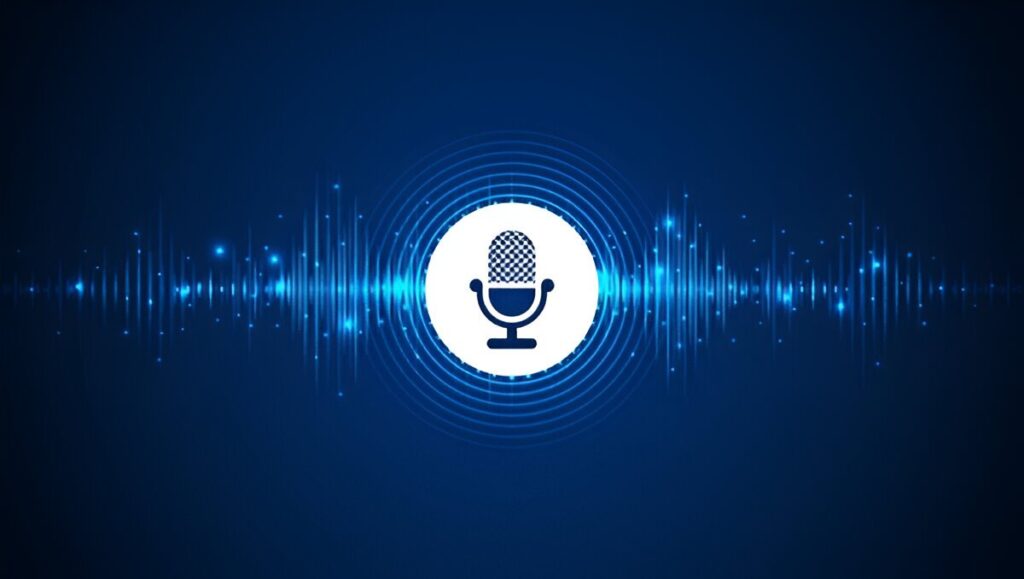
In our increasingly interconnected world, contact centers serve as the vital bridge between businesses and their global customer base. However, this global interaction often comes with a significant challenge: communication barriers rooted in diverse accents. Misunderstandings, repeated inquiries, and the frustration that arises from a lack of clarity can quickly erode customer satisfaction, undermine agent confidence, and increase operational costs.
Enter the AI accent harmonizer, a revolutionary technology poised to redefine how contact centers facilitate seamless and effective conversations.
For decades, contact centers have grappled with the complexities of diverse linguistic backgrounds. Customers from many regions, often speaking English as a second or third language, interact with agents who may also have distinct accent patterns. While this diversity reflects global reach, it can lead to friction.
A customer struggling to understand an agent’s pronunciation, or an agent misinterpreting a customer’s request, can result in longer average handle times (AHT) and lower first call resolution (FCR) rates. Over time, this contributes to a decline in customer satisfaction (CSAT) scores.
Additionally, the constant effort required from both parties to decipher speech creates cognitive fatigue and heightened frustration. This impacts customer experience and can even damage brand perception.
What Is an AI Accent Harmonizer?
An AI accent harmonizer is an advanced solution designed to improve the intelligibility of spoken language in real time.
Unlike a simple voice changer, this technology does not erase an individual’s natural accent. Instead, it uses artificial intelligence and machine learning to subtly adjust phonetic qualities, intonation, and rhythm. This improves clarity for the listener while preserving the speaker’s unique voice.
The underlying mechanism involves several steps. When a voice signal is received, the AI rapidly analyzes it, identifying elements like phonemes (the smallest units of sound), prosody (rhythm and intonation), and accent characteristics.
Deep neural networks trained on diverse speech datasets then apply real-time adjustments. These subtle modifications enhance articulation and optimize the sound, making speech easier to understand.
The goal is to maximize clarity so messages are conveyed with less effort for listeners, regardless of their own accent or familiarity with the speaker’s. This AI voice modulation supports communication enhancement, not disguise or impersonation, making it invaluable for global interactions.
Transformative Benefits for Contact Centers
1. Revolutionizing the Customer Experience
The most immediate impact is on the customer journey. When customers can easily understand agents, interactions become smoother and more efficient.
This reduces repetition, prevents misunderstandings, and lowers frustration. Customers feel heard and valued, leading to higher satisfaction rates and a more positive brand perception. Clear conversations build trust and improve Net Promoter Scores (NPS).
2. Empowering Agents and Boosting Performance
Communication barriers are a major source of stress for agents. An AI accent harmonizer reduces this burden.
Agents can focus on problem-solving rather than deciphering speech. This leads to less burnout, higher confidence, and better performance. Companies can also hire talented people from more diverse backgrounds, fostering an inclusive workforce and improving retention.
3. Driving Operational Efficiency and Cost Savings
Better clarity leads to shorter calls, fewer repeated issues, and fewer escalations. This increases productivity and optimizes staffing levels.
The investment in AI accent harmonizer technology often pays for itself through operational efficiencies and improved service quality.
4. Enhancing Brand Reputation and Global Reach
In today’s competitive market, seamless communication is a powerful differentiator. Using AI-powered clarity shows a commitment to serving all customers equally.
This positions your brand as innovative, customer-centric, and globally minded, strengthening relationships with a diverse audience.
Ethical Considerations and the Future
While the benefits are clear, it’s important to consider ethics. The purpose of an AI accent harmonizer is to improve clarity, not erase cultural identity.
The technology is designed to preserve the speaker’s unique characteristics. Being transparent about its use also helps build trust.
Looking ahead, AI voice modulation will continue to evolve. It will integrate with real-time transcription, sentiment analysis, and natural language processing. Together, these tools will create more empathetic, efficient, and clear communication experiences.
Conclusion
Accent diversity has long created challenges in contact centers. The AI accent harmonizer is a turning point.
By enhancing clarity through advanced voice modulation, businesses can remove barriers, empower agents, and delight customers.
This technology is not just an improvement—it is a transformation. It redefines effective communication and paves the way for a more connected, inclusive, and seamless service experience.





